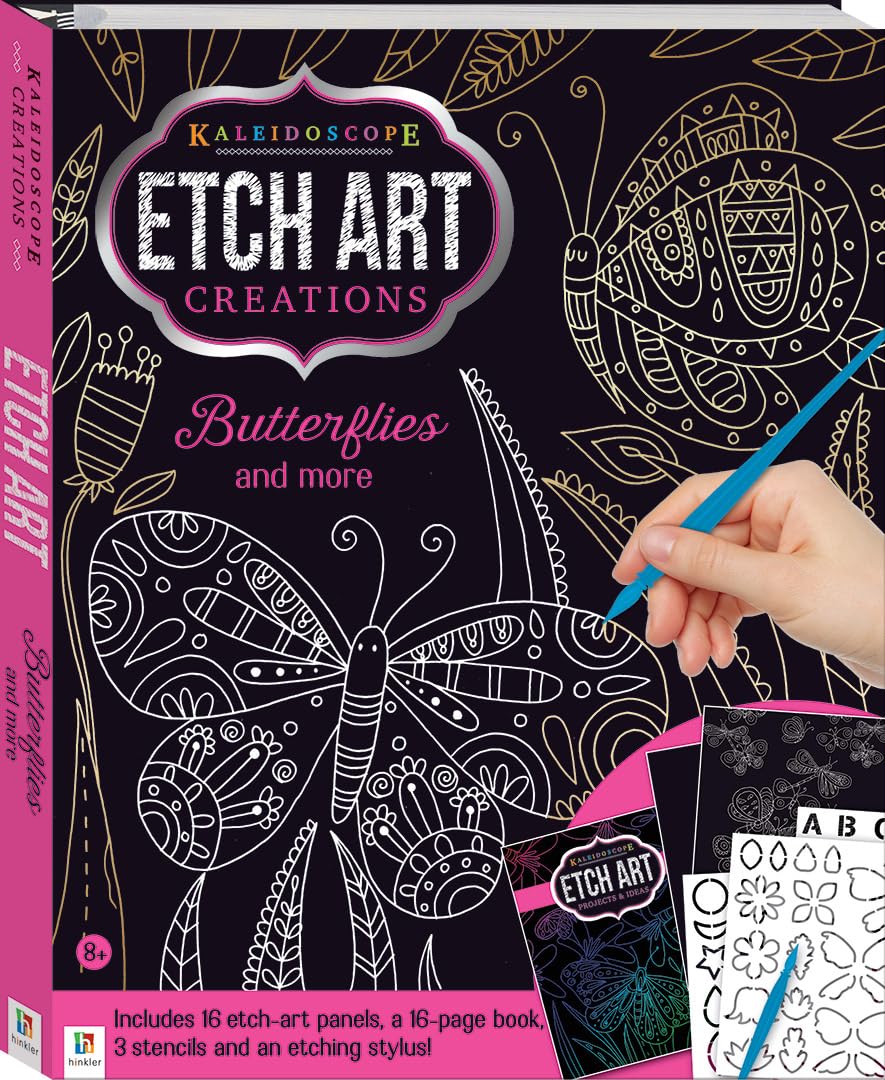About this deal
With that in mind, we’ve put together this beginner’s introduction to etching, showing how artistic etchings are made. Our etching guide is illustrated by some visual aids we recorded while visiting Amsterdam’s remarkable Rembrandt House Museum a few years ago. Hammett, Dashiell, The Thin Man, (1934) in Five Complete Novels, New York: Avanel Books, 1980, p.592. Some of the earliest printmaking workshops experimenting with, developing and promoting nontoxic techniques include Grafisk Eksperimentarium, in Copenhagen, Denmark, Edinburgh Printmakers, in Scotland, and New Grounds Print Workshop, in Albuquerque, New Mexico. Behr, Marion; Behr, Omri (1993), "Etching and Tone Creation Using Low-Voltage Anodic Electrolysis", Leonardo, 26 (#1): 53–, doi: 10.2307/1575781, JSTOR 1575781, S2CID 100716855
Additional impressions can be created by re-inking, cleaning, and putting the plate through the printing press again.Welcome to the Office of Environmental Health and Safety | Office of Environmental Health and Safety". Web.princeton.edu. Archived from the original on 2012-08-26 . Retrieved 2015-08-11. During Rembrandt’s time, there were three basic techniques that 17 th-century artists commonly used to create prints— copper engraving, drypoint, and etching.
The artist scratches an image into the ground using a burin (needle), exposing the metal underneath. Copper is a traditional metal, and is still preferred, for etching, as it bites evenly, holds texture well, and does not distort the color of the ink when wiped. Zinc is cheaper than copper, so preferable for beginners, but it does not bite as cleanly as copper does, and it alters some colors of ink. Steel is growing in popularity as an etching substrate. Increases in the prices of copper and zinc have steered steel to an acceptable alternative. The line quality of steel is less fine than copper, but finer than zinc. Steel has a natural and rich aquatint. The Artist's Studio: What Is Etching?" (PDF). Cairnsregionalgallery.com.au. Archived from the original (PDF) on 2015-09-06 . Retrieved 2015-08-12.Jacques Callot (1592–1635) from Nancy in Lorraine (now part of France) made important technical advances in etching technique. The second way to apply hard ground is by liquid hard ground. This comes in a can and is applied with a brush upon the plate to be etched. Exposed to air the hard ground will harden. Some printmakers use
Traditional intaglio printmaking methods, their health hazards, new non-toxic substitutes". Greenart.info. 2013-03-14 . Retrieved 2015-08-11. Foul-bite or "over-biting" is common in etching, and is the effect of minuscule amounts of acid leaking through the ground to create minor pitting and burning on the surface. This incidental roughening may be removed by smoothing and polishing the surface, but artists often leave faux-bite, or deliberately court it by handling the plate roughly, because it is viewed as a desirable mark of the process. US 5112453,Behr, Omri&Behr, Marion,"Method and apparatus for producing etched plates for graphic printing",published 1992-05-12Art of the first cities: the third millennium B.C. from the Mediterranean to the Indus. The Metropolitan Museum of Art. 2003. pp.395–396. For aquatinting a printmaker will often use a test strip of metal about a centimetre to three centimetres wide. The strip will be dipped into the acid for a specific number of minutes or seconds. The metal strip will then be removed and the acid washed off with water. Part of the strip will be covered in ground and then the strip is redipped into the acid and the process repeated. The ground will then be removed from the strip and the strip inked up and printed. This will show the printmaker the different degrees or depths of the etch, and therefore the strength of the ink color, based upon how long the plate is left in the acid. Soft-ground etching uses a special softer ground. The artist places a piece of paper (or cloth etc. in modern uses) over the ground and draws on it. The print resembles a drawing. Soft ground can also be used to capture the texture or pattern of fabrics or furs pressed into the soft surface. Etching has often been combined with other intaglio techniques such as engraving (e.g., Rembrandt) or aquatint (e.g., Francisco Goya). The process as applied to printmaking is believed to have been invented by Daniel Hopfer ( c. 1470–1536) of Augsburg, Germany. Hopfer was a craftsman who decorated armour in this way, and applied the method to printmaking, using iron plates (many of which still exist). Apart from his prints, there are two proven examples of his work on armour: a shield from 1536 now in the Real Armeria of Madrid and a sword in the Germanisches Nationalmuseum of Nuremberg. An Augsburg horse armour in the German Historical Museum, Berlin, dating to between 1512 and 1515, is decorated with motifs from Hopfer's etchings and woodcuts, but this is no evidence that Hopfer himself worked on it, as his decorative prints were largely produced as patterns for other craftsmen in various media. The oldest dated etching is by Albrecht Dürer in 1515, although he returned to engraving after six etchings instead of developing the craft. [13]
 Great Deal
Great Deal 